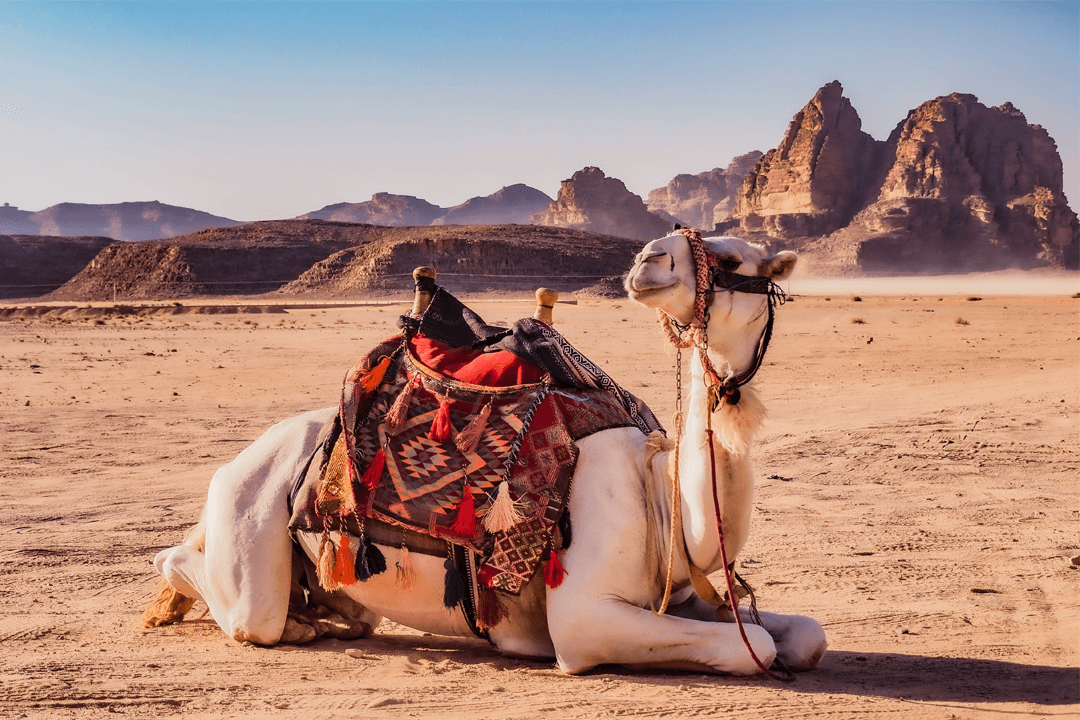Artificial intelligence takes to the skies to protect a Saudi tradition

KAUST scientists develop an affordable and simple AI system for local camel herders
A research team at King Abdullah University of Science and Technology (KAUST) has created a low-cost, artificial intelligence (AI)–powered drone system that can recognize and track camels from the air. The system promises an affordable option for camel herders to continue one of Saudi Arabia’s oldest labors and scientists to learn more about camel migration patterns and habits.
Created by Professor Basem Shihada and his lab mates, the system uses inexpensive commercial drones and cameras to allow camel herders to track their camels in real time without relying on expensive GPS collars or satellite connections.
From the air, camels often blend into the sandy landscape, appearing indistinguishable from rocks or shrubs. In response, the team used a single drone-mounted camera to collect aerial footage of small camel herds in Saudi Arabia and then used machine learning to train their AI model. The model revealed new insights on the animals’ behaviors.
“We found their migration patterns were not random but showed identifiable patterns,” said KAUST scientist Chun Pong Lau, who was also involved in the project.
Camels, especially elders, showed coordinated grazing migration that covered long distances throughout the day, but they always returned to their herder by sunset. They also showed high sensitivity to the sound of the drone, which is why the KAUST scientists kept the drone at least 120 meters above the ground.
For centuries, camels have been central to Arabian life by providing transport, food, and a cultural link to the desert. Today, they contribute more than SAR 2 billion annually to the Saudi economy through industries like food, textiles, and tourism. Yet herding remains a challenge, with camels roaming up to 50 kilometers a day across isolated terrain. This mobility often leads to road accidents, overgrazing, and loss of livestock.
As a next step, Shihada and his colleagues plan to collect video of larger camel herds of more heterogeneous sizes and colors to train their AI system for higher performance.
“I don’t think we would have considered this problem if we weren’t living and working here,” he said about his research team. “By engaging with local herders and understanding their challenges, we saw an opportunity to directly serve communities and traditions.”

